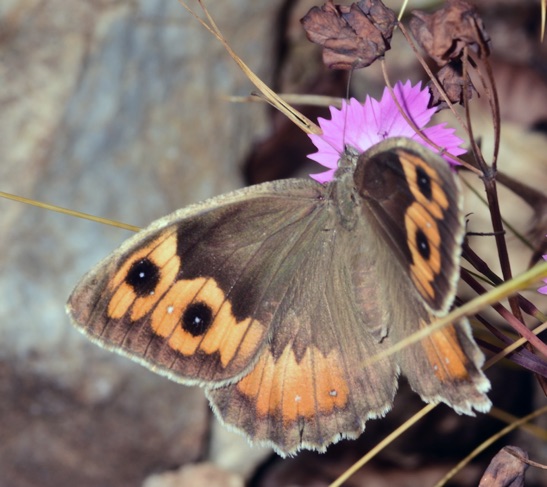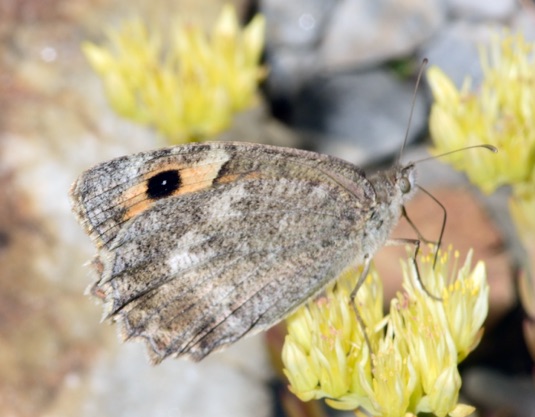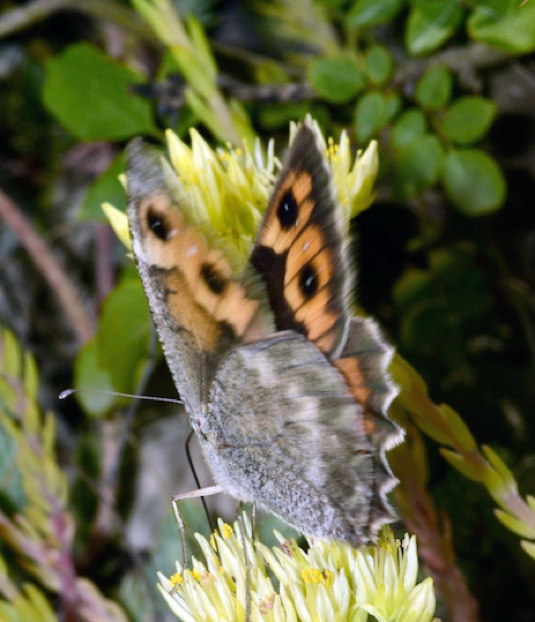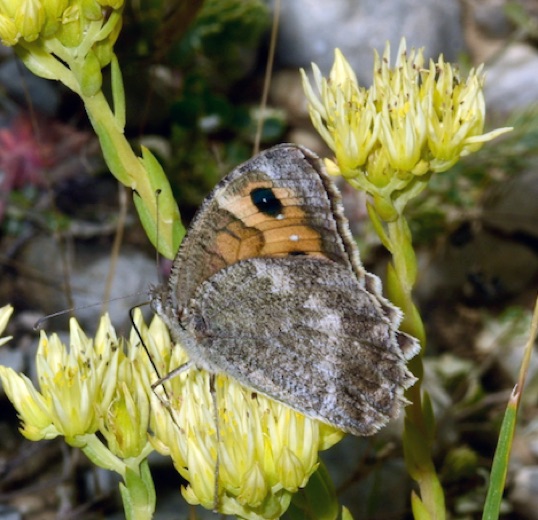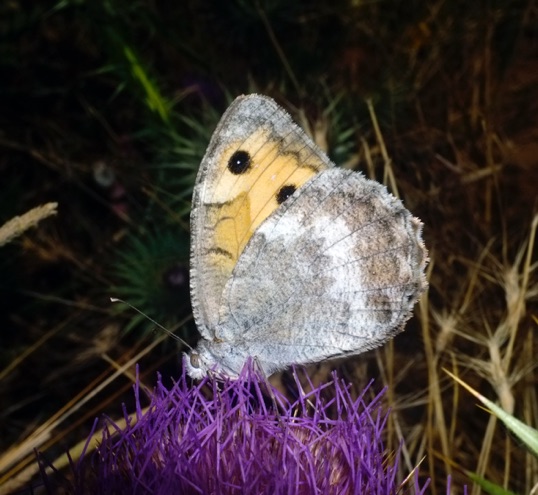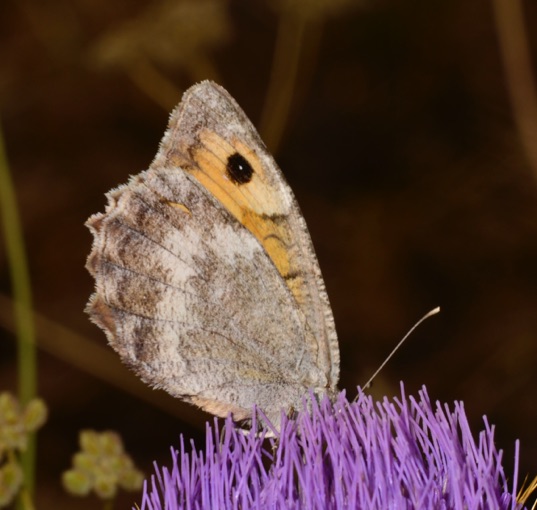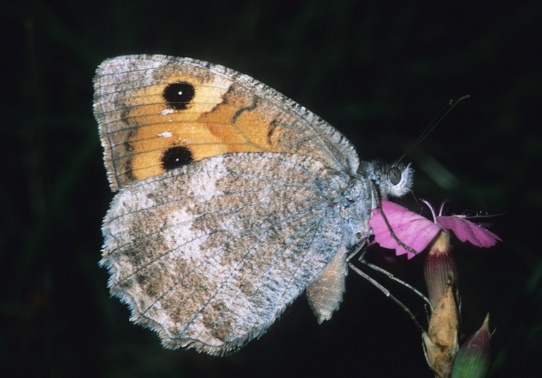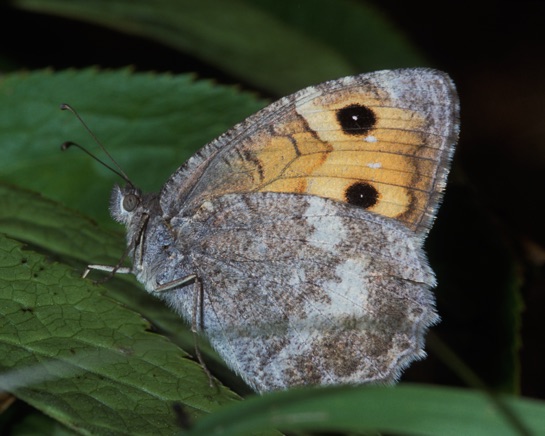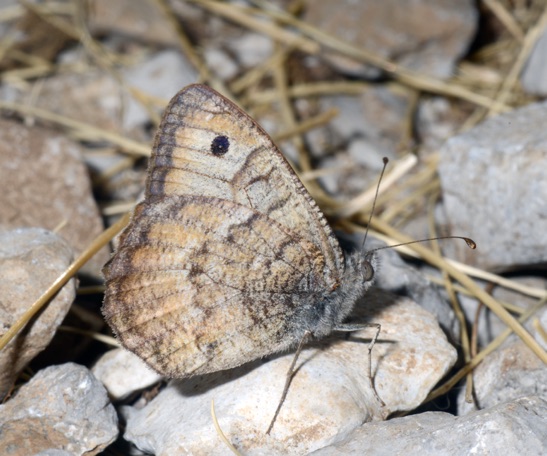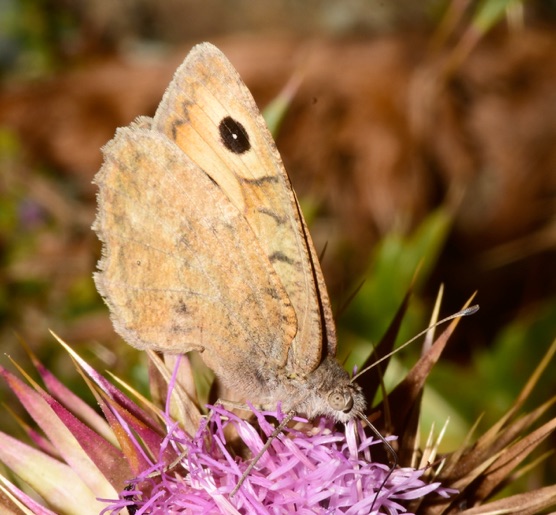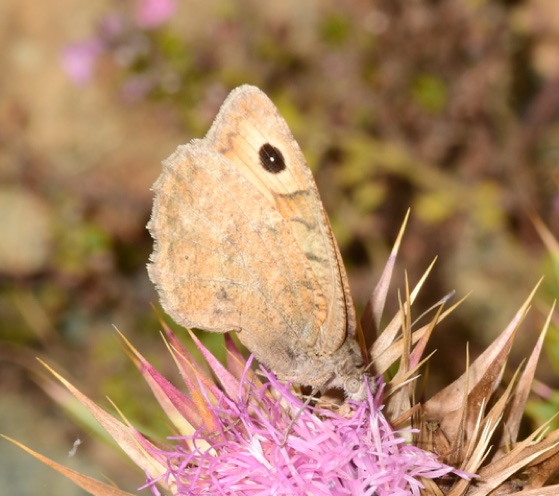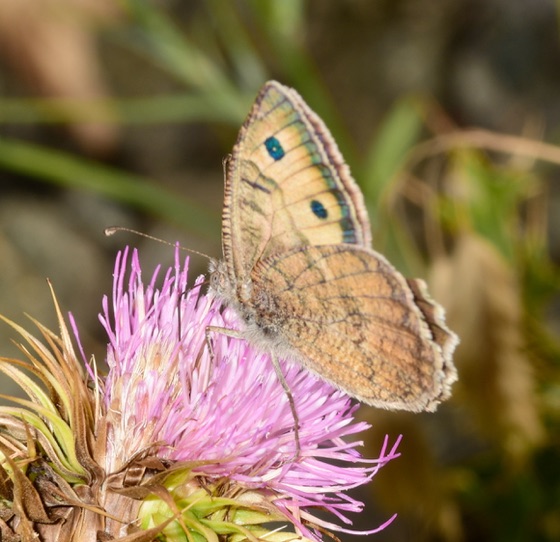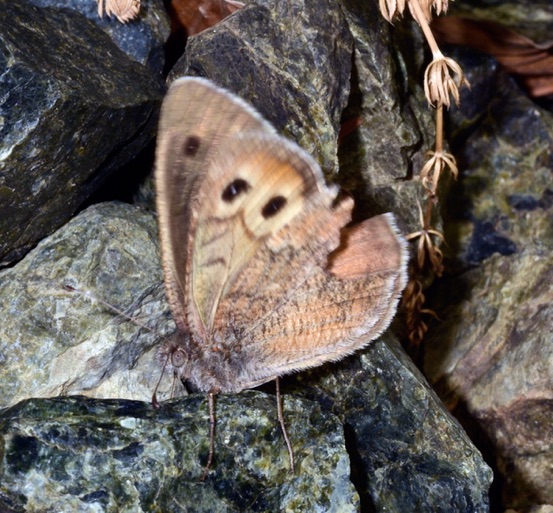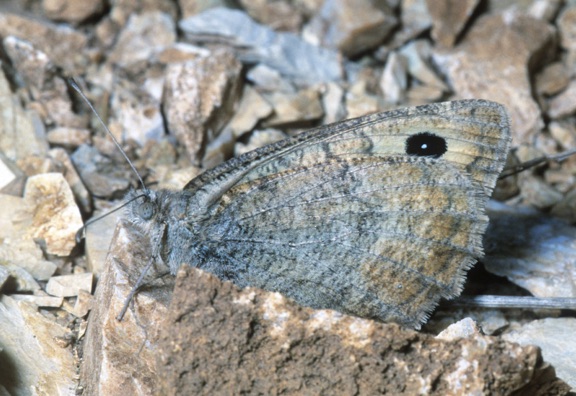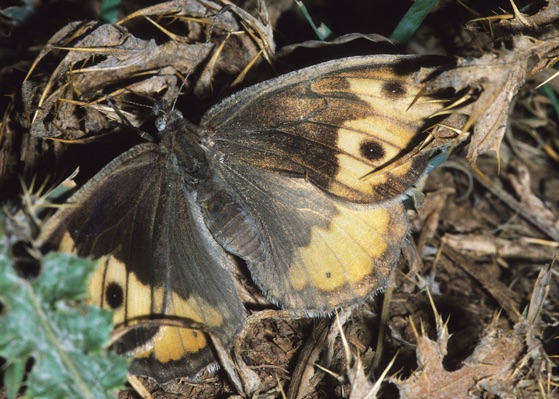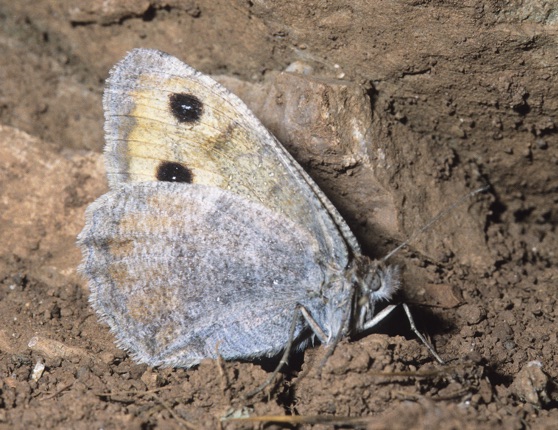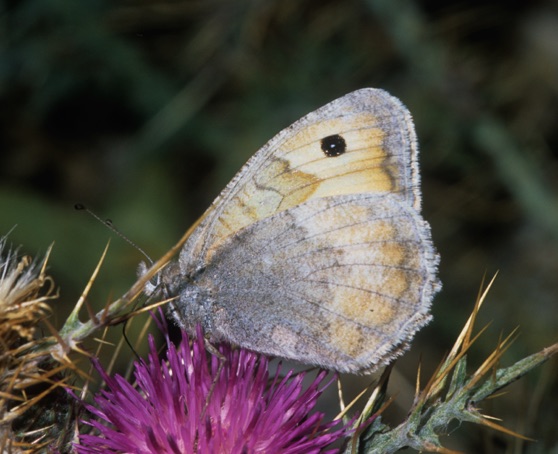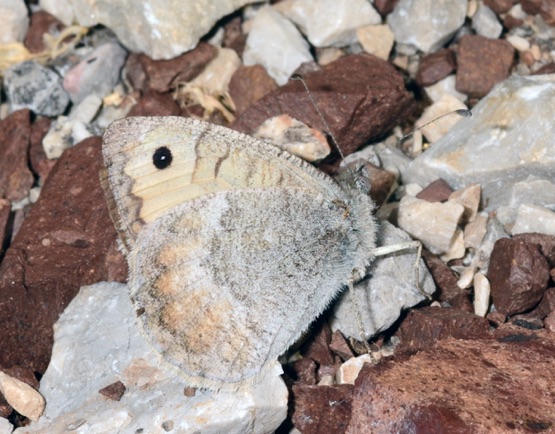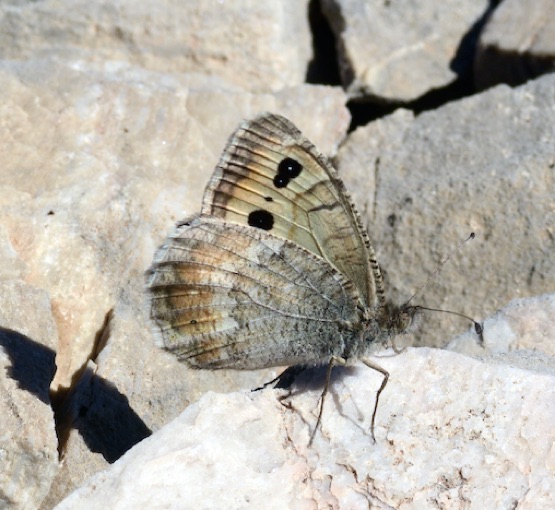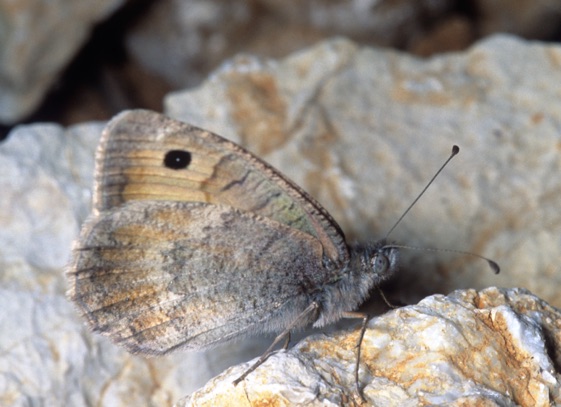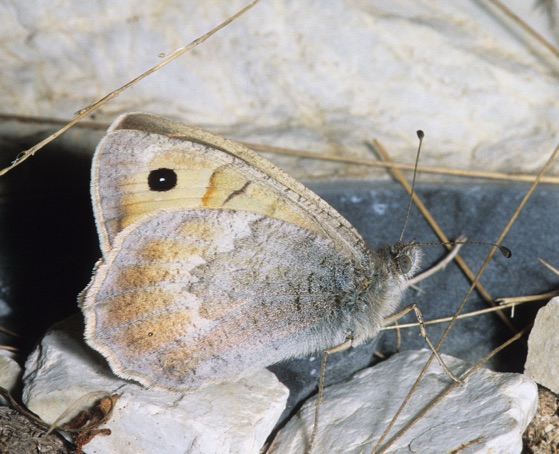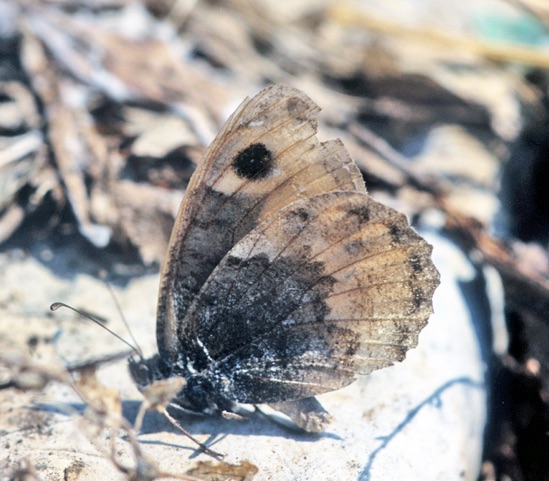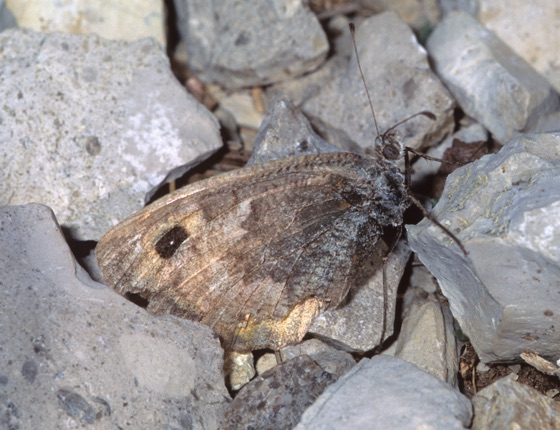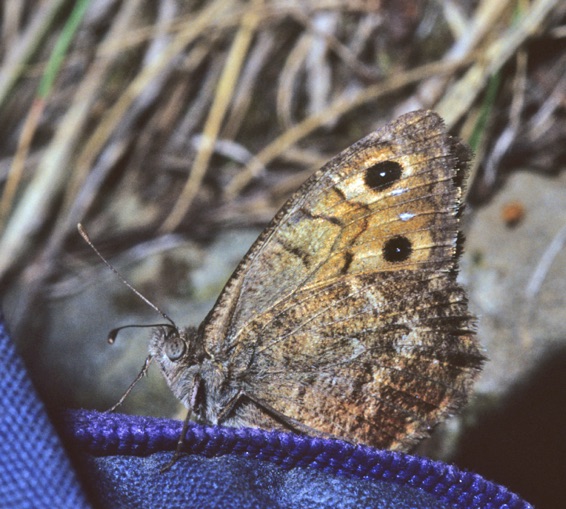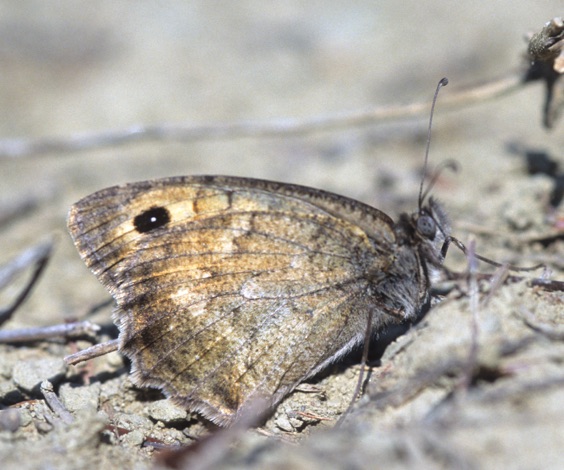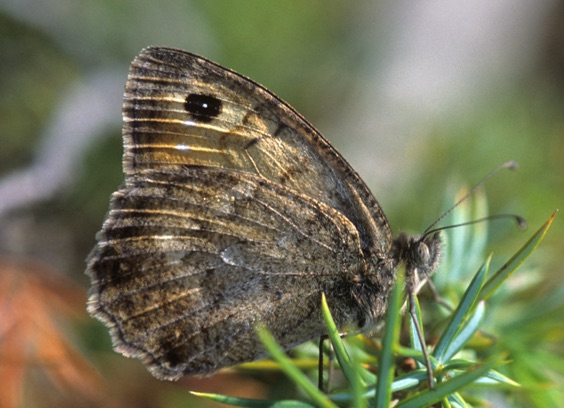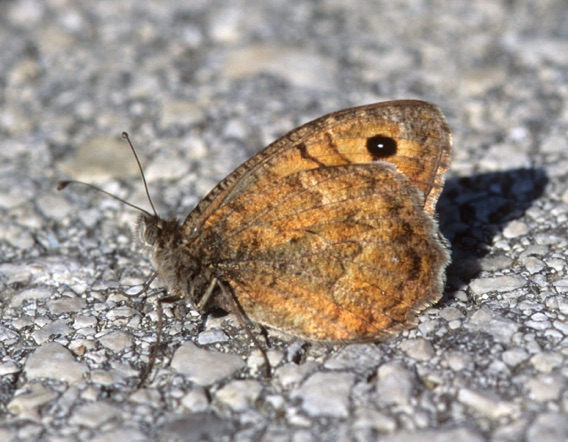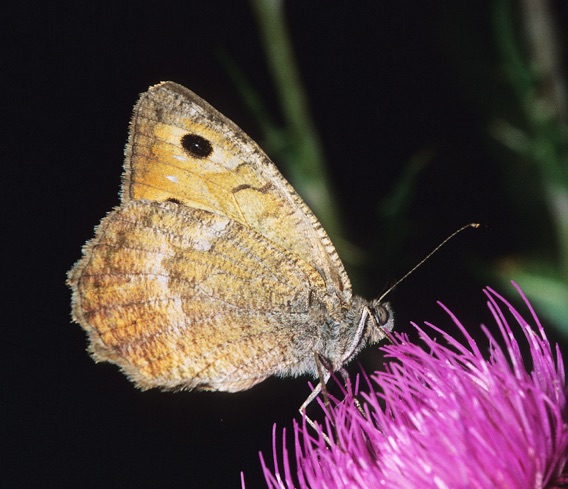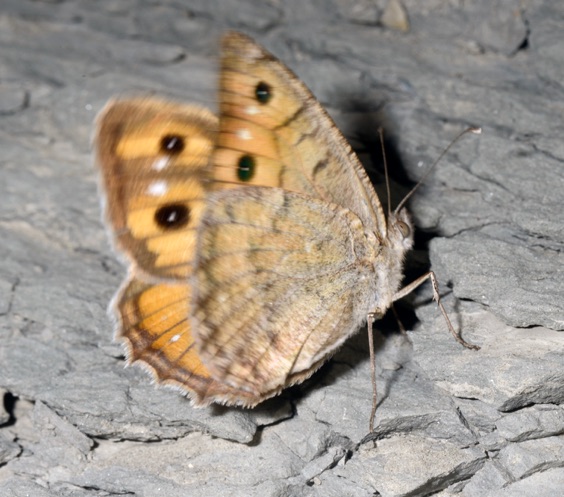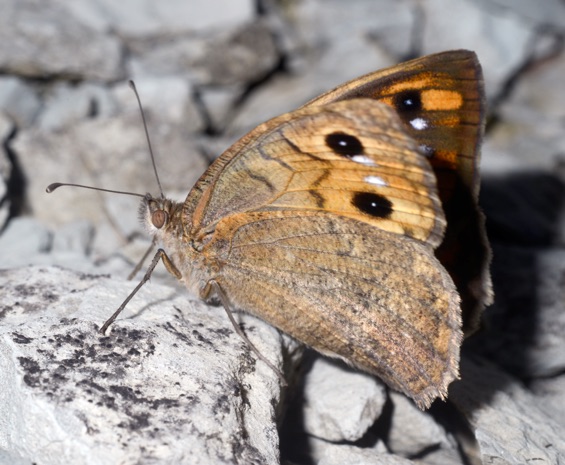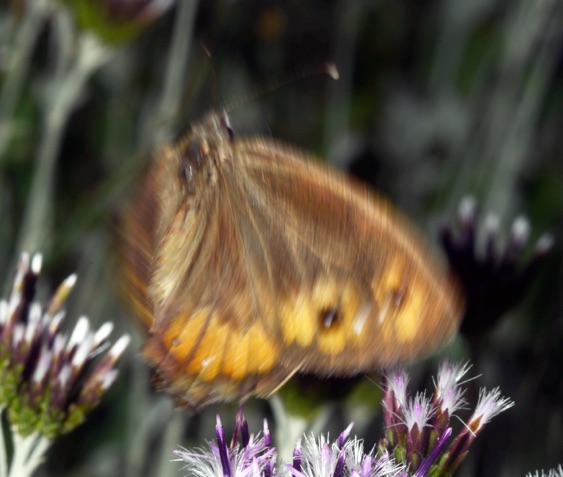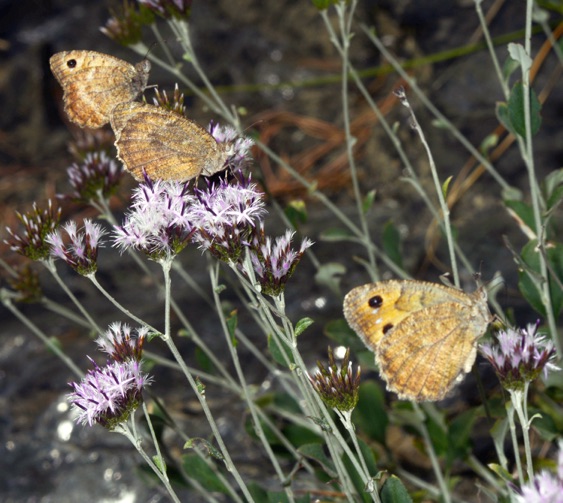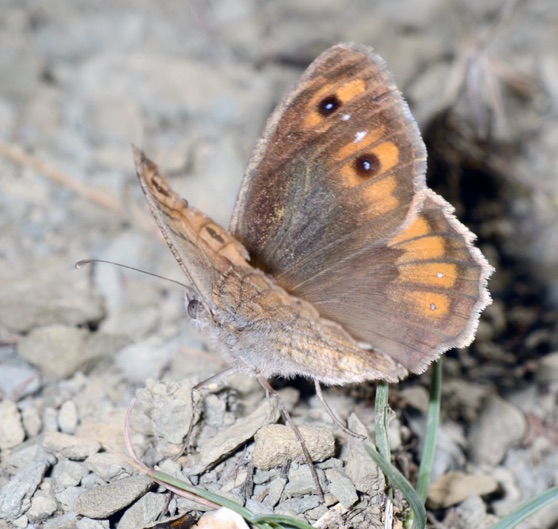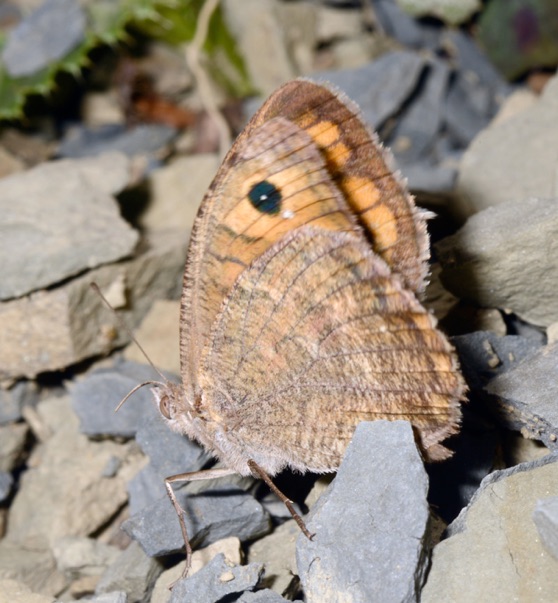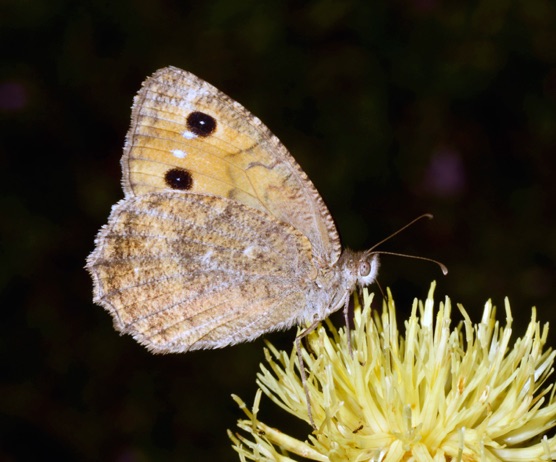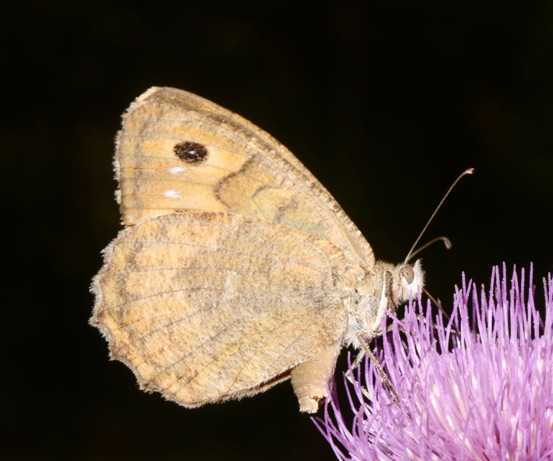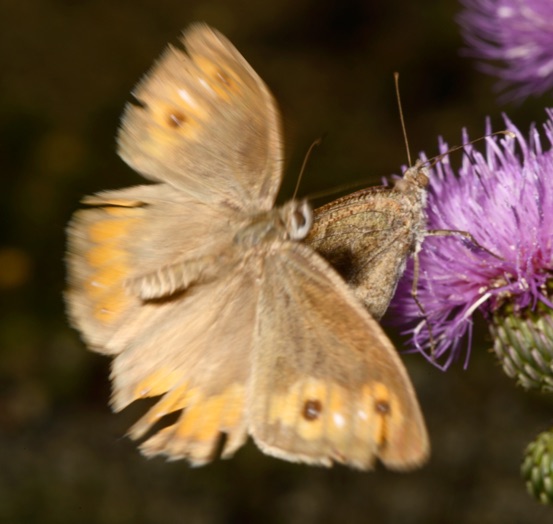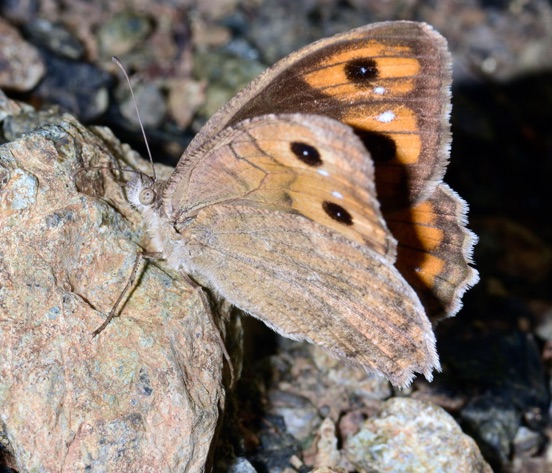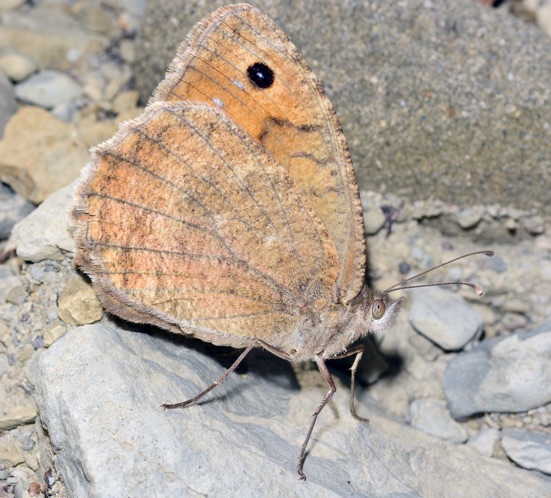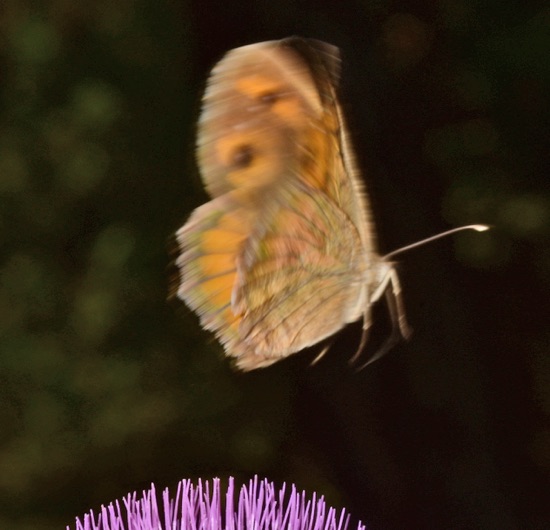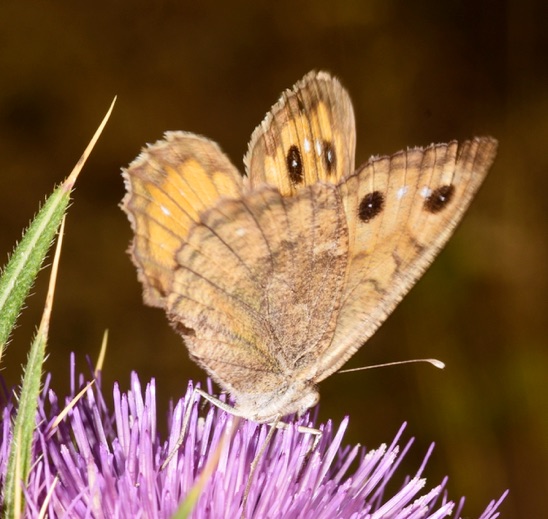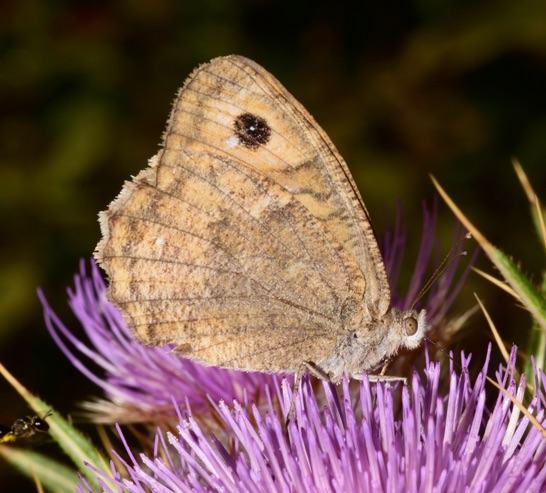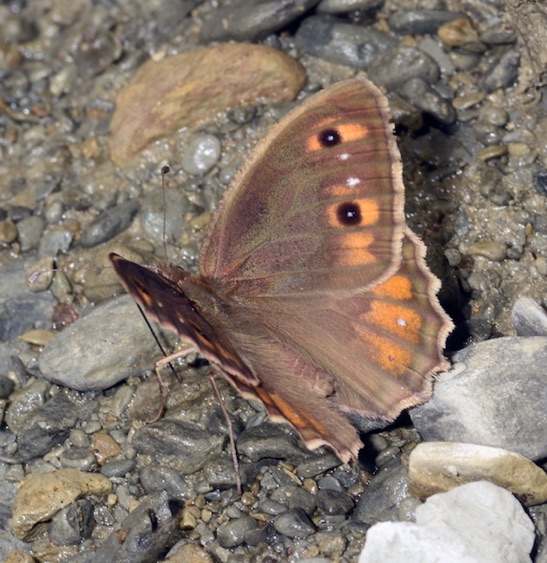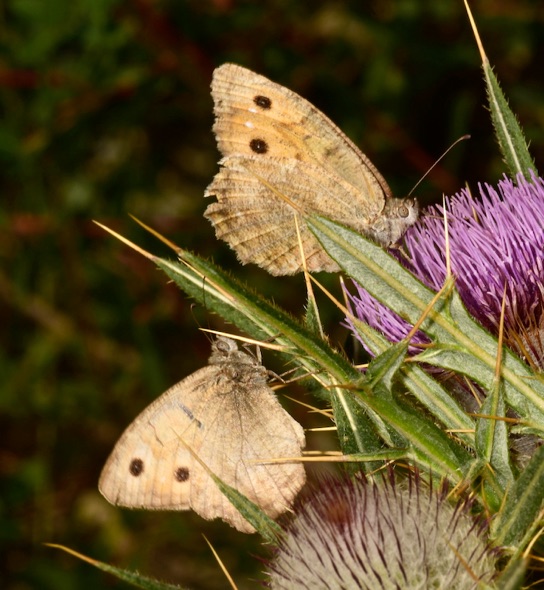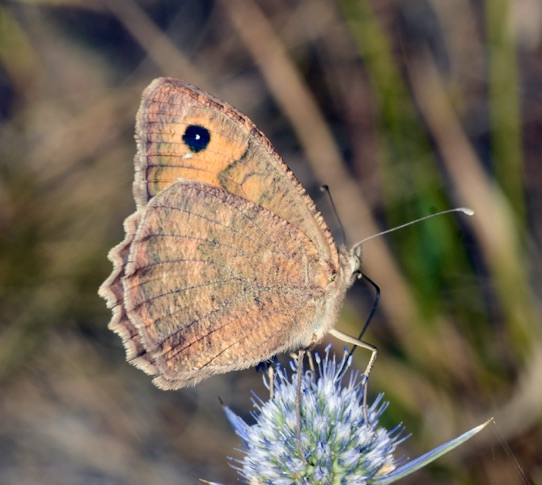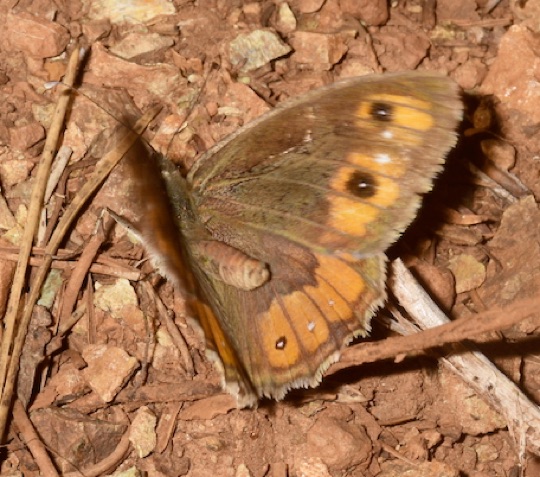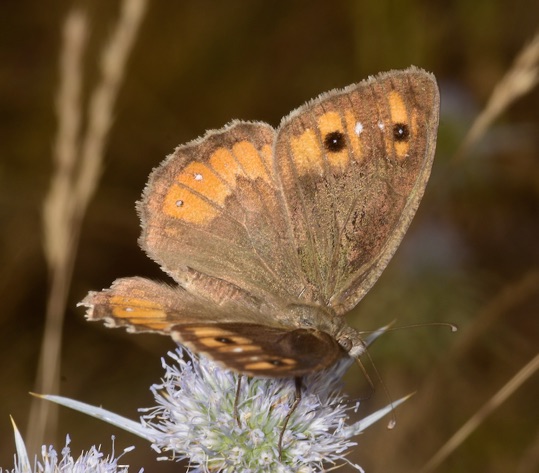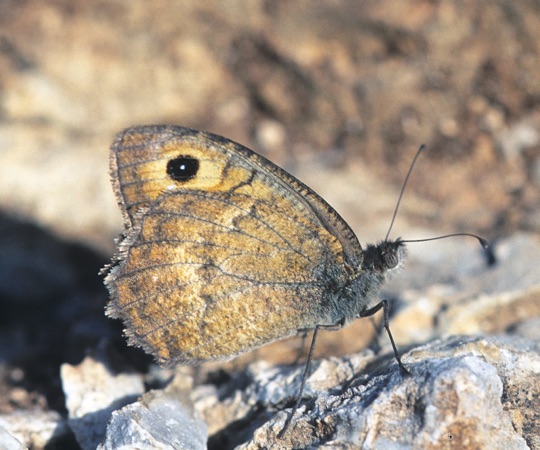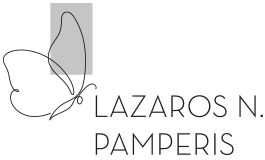CHARACTERISTIC DETAILS OF SPECIES of genus Pseudochazara
In https://www.pamperis.gr/THE_BUTTERFLIES_OF_GREECE/DETAILS_OF_THE_WINGS_%28C%29.html we present (in pages 76 and 77) the species Pseudochazara orestes, P. graeca, P. tisiphone and P. amymone and in more details here with more photos.

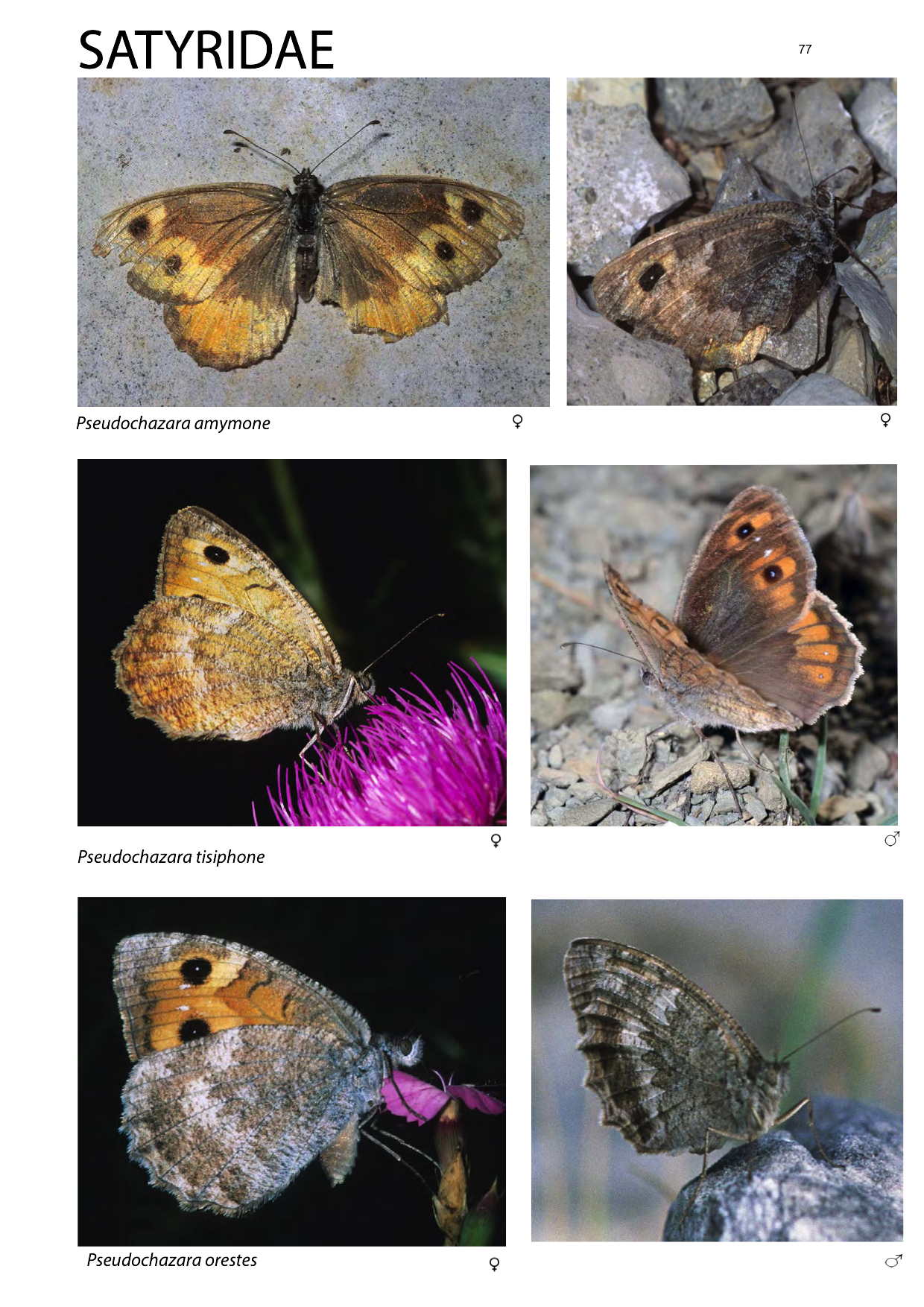
The species Pseudochazara tisiphone, P. amymone, P. orestes and P. graeca do not spread their wings often and so it is not easy to observe the differences in androconia of males. Females are very similar. The identification of these species (by photographs) is facilitated by the fact that P. orestes exists only in Eastern Macedonia (in the mountains Falakro, Orvilos and Menoikio) and by the fact that P. graeca exists only in the Peloponnese, in the Evia island, in mountains of Sterea Ellada (Parnassos, Iti, Tymfristos etc) and also in the Pindos mountain range. Additionally the combination of two characteristic details of the UNH of the individuals of the species Pseudochazara tisiphone, P. amymone, P. orestes and P. graeca can help in their identification and is analysed below so that they can be used to identify these species also with the characteristics of the UNH, which are easily observed and photographed.
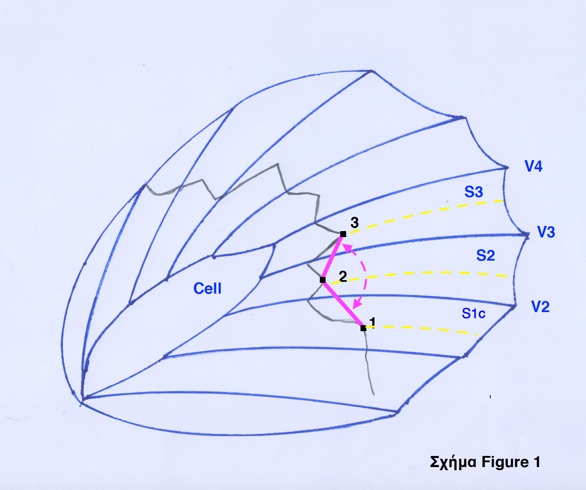
The characteristic shape of the strongly dentate line (in the post discal area of the UNH, near V2 and V3) was used to measure two parameters:
FIRST PARAMETER: Joining (with PURPLE lines, as shown in Figure 1 above) points 1 (in S1c), 2 (in S2) and 3 (in S3) of the dentate line – where the dentate line meets the groove (marked in YELLOW) in the middle of the intermediate areas between the veins – the angle <123 is formed, <which was measured and found to be from 115-172 degrees (for 42 photographs of individuals of Pseudochazara tisiphone, P. amymone, P. orestes and P. graeca from Greece).
SECOND PARAMETER: The surface areas, enclosed by the GREEN and RED lines (in the following Figures 2 and 3) were measured and the ratio (%) was found to be from 14-28% (for 42 photographs of individuals of Pseudochazara tisiphone, P. amymone, P. orestes and P. graeca from Greece). Below are the results of the measurements, in the diagram of the X and Y axes.
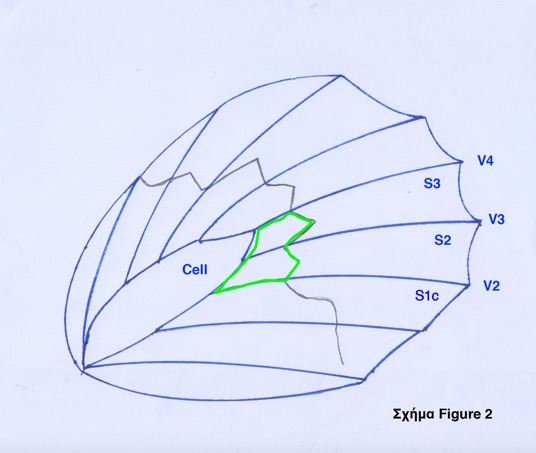
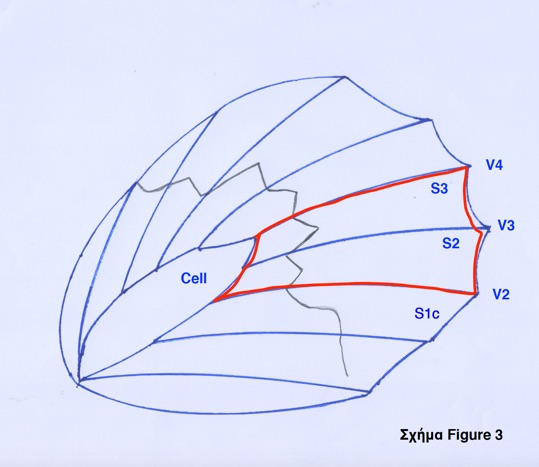
Y Axis, Ratio ( % ) = (Surface area enclosed by the green lines)/ (Surface area enclosed by the red lines)
X Axis, Degrees = the angle <<123 in degrees


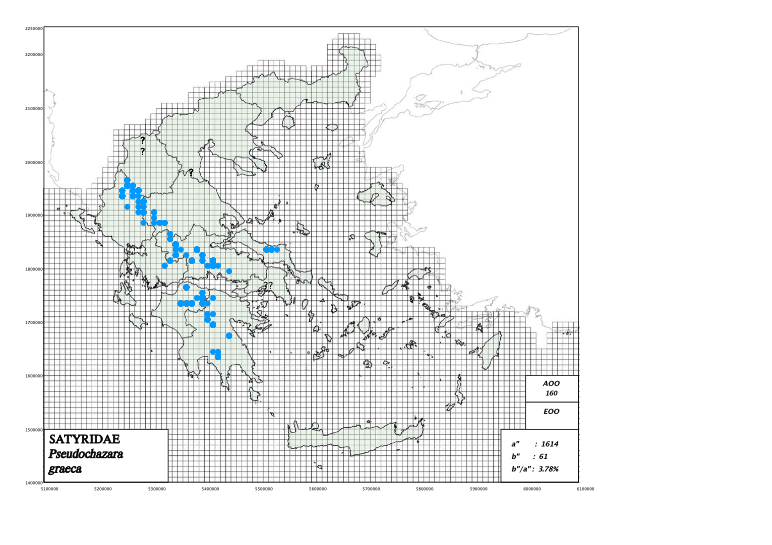

……………………………………………………………………………………………………………………..
During the investigations, in 2023, the laying of eggs by a female individual of Pseudochazara tisiphone, on fallen pine needles on the ground was observed.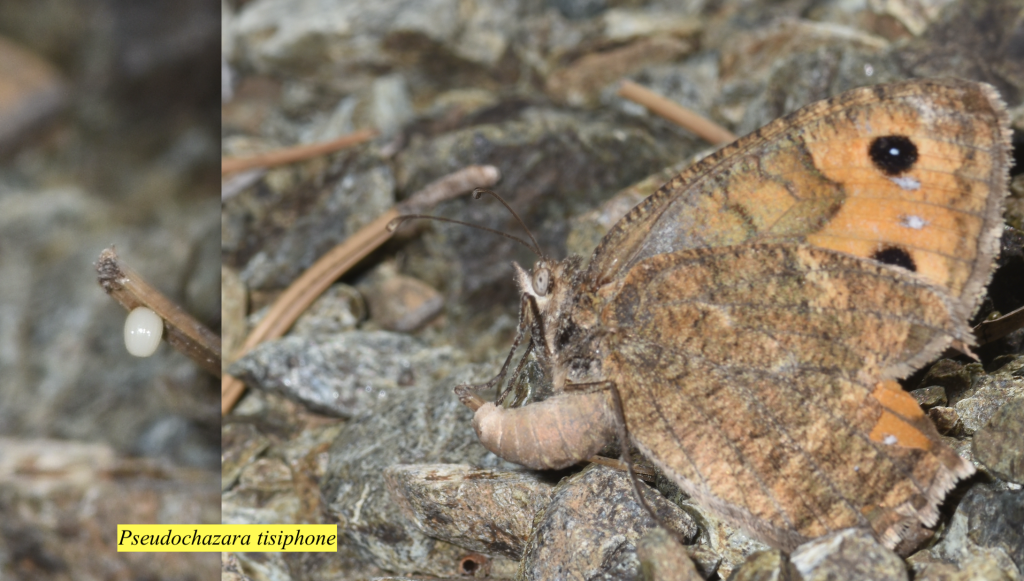
………………………………………………………………………………………………………………….
During the investigations, in 2013 (left photo) and 2023 (right photo), individuals with abnormally developed external features (in two separated localities) were photographed: with the vein V2 on the underside surface of the hind wing forming a “fork” in both cases (their location is indicated by red arrows).

